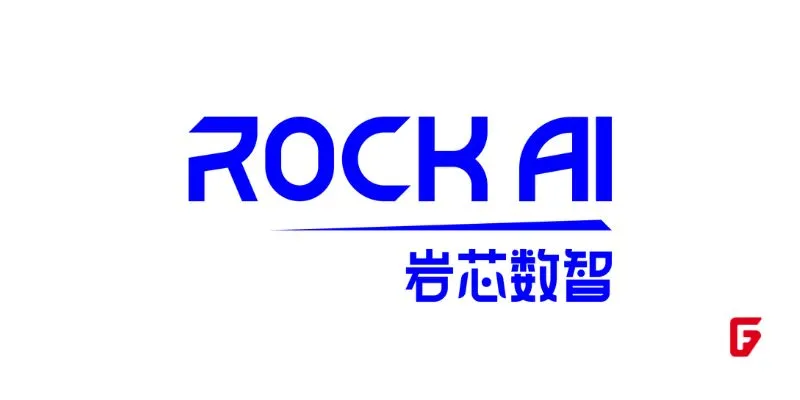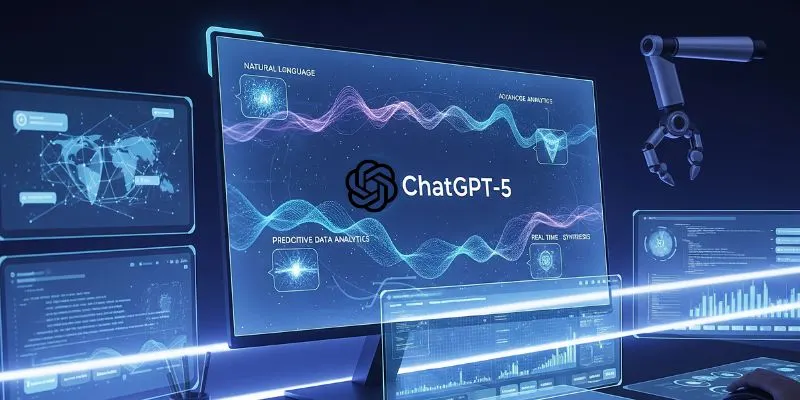Imagine AI that doesn’t demand constant internet connectivity, unlimited power, or high-end hardware. In a year when enterprise tech is questioning the real-world value of yet more “foundation models,” RockAI is quietly rewriting the playbook.
Disconnected, Yet Empowered: AI for Everyone
A headline from the World Artificial Intelligence Conference (WAIC) 2025: “Are there any real-world use cases?” RockAI’s answer is to focus on the unconnected majority—businesses, communities, and devices in regions where reliable cloud access simply isn’t an option.
By engineering artificial intelligence (AI) models to run entirely offline on low-spec hardware, RockAI is leapfrogging flashy promotions and addressing genuine global needs. Its technology is seen in AI PCs, budget smartphones, drones, and smart home appliances—unlocking opportunities from Shanghai to sub-Saharan Africa.
Yan Architecture: From First Principles, Not Copycats
Founded in mid-2023 as a spinout of Stonehill Technology, RockAI didn’t take the easy route of compressing or pruning existing models. Instead, it invented the Yan architecture, bypassing the now-standard attention mechanism and replacing it with its own, far more efficient structure.
This novel approach enables:
Real-time performance even on consumer-grade CPUs.
Models like Yan 2.0 to process video, audio, images, and text—multimodal by design.
Long-term, on-device memory for true personalization—without any cloud dependency.
Offline AI in the Wild
The practical impact couldn’t be clearer. During this year’s MWC in Barcelona, an AI PC powered by RockAI’s model reportedly stunned audiences—distributors scrambled to secure orders, and competitors questioned if such speed at that price was even possible.
The demand is rooted in features like an offline meeting assistant—real-time transcription, translation, notes, and actionable summaries for calls, all kept private and secure. For global companies with strict data privacy rules or in regions where data flows are tightly controlled, these are capabilities, not conveniences.
Memory: The Next Frontier for Device Intelligence
Where most models re-create user sessions from scratch or depend on external memory retrieval, Yan 2.0 takes a bold leap: it embeds memory directly into model parameters. Over time and across interactions, devices become more attuned to their individual users—they remember voice, context, preferences, making every interaction smarter, faster, and more personalized.
This is not temporary caching. Devices running Yan 2.0 continuously adapt, eventually forming part of a wider, distributed “intelligent network.”
Real-World Utility Without the Cloud
RockAI’s edge-first strategy highlights critical points for industry watchers:
Privacy is paramount: Local processing means user data stays put.
Power efficiency and low cost: Core AI capabilities (vision, language, voice) are now within reach for even budget electronics, not just flagship phones or enterprise servers.
Global demand: Reliable offline AI is no longer niche—it’s an urgent market need, from smart appliances in Asia and Africa to robotics in Europe.
At a Turning Point
While the broader artificial intelligence (AI) industry consolidates after a flurry of failed big-model projects, RockAI’s progress signals a new direction: AI that works where people need it most—on their terms, in their world, with or without the cloud. The implications aren’t just technical. They point toward a future where devices remember, adapt, and become cognitive partners, forming an organic and collective intelligence.














